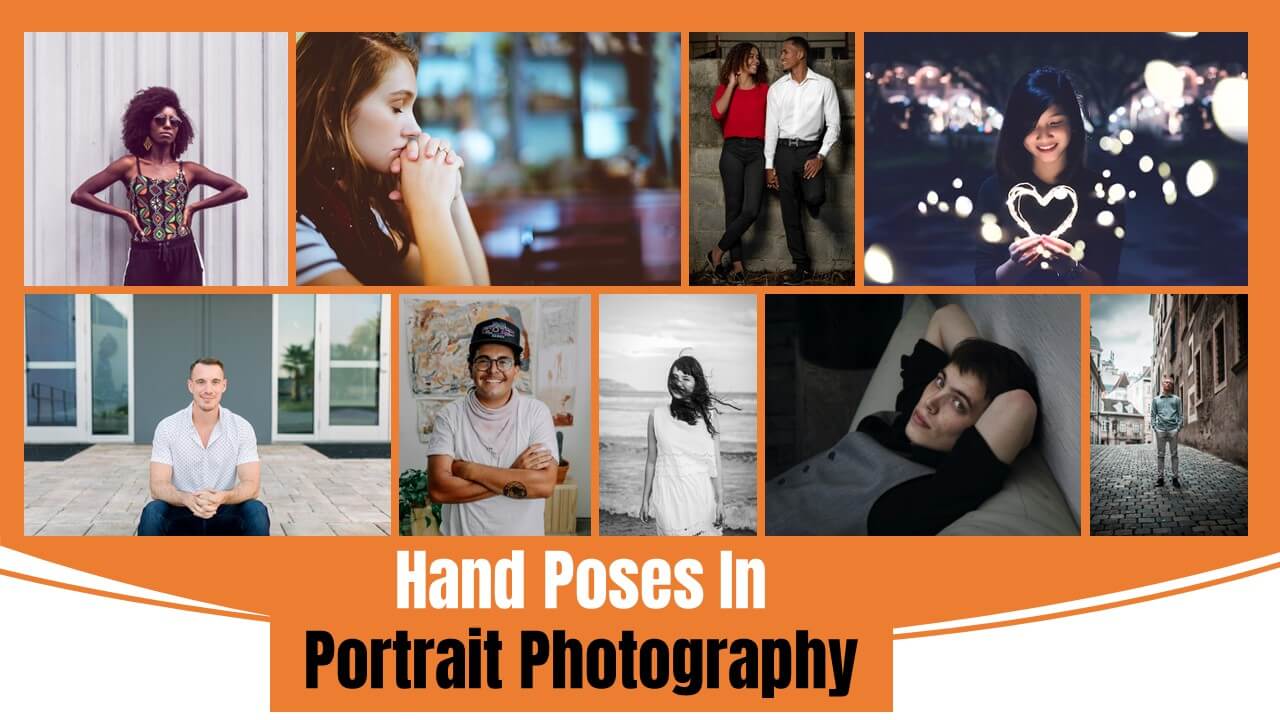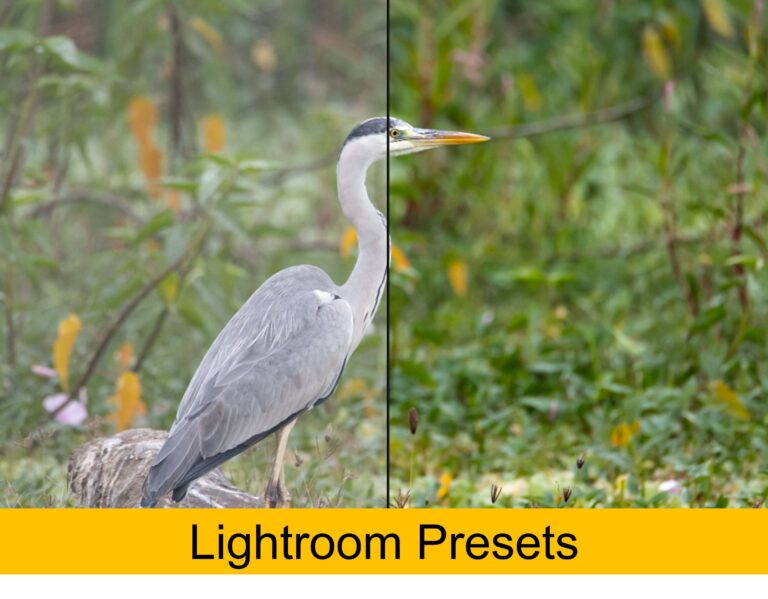Portrait photography is all about capturing the essence of a person. It’s not just about taking a picture of someone’s face, but about telling a story through their expression, body language, and even their hand poses.
That’s why hand poses in portrait photography are so important. They can add an extra layer of emotion and storytelling to your photos. In this blog post, we’re going to take a deep dive into 15 different hand poses that can help elevate your portrait photography.
From basic poses that convey confidence and relaxation, to emotive poses that convey sadness and vulnerability, we’ll cover it all.
So, whether you’re a beginner or a seasoned pro, keep reading to learn how to master the art of hand poses in portrait photography.
Different type of hand poses in portrait photography
There are various type of hand poses that can be used in portrait photography. These can be divided into four broad categories or trends.
- Basic Hand Poses
- Emotive hand poses
- Creative hand poses
- Action oriented hand poses
Lets a look at all these hand poses in detail with lots of examples.
Basic Hand Poses
Basic hand poses are the foundation of portrait photography. They are simple, yet effective ways to convey a person’s mood and personality. In this section, we will discuss some of the most popular basic hand poses and how they can be used to enhance your portrait photos.
#1: One of the most popular basic hand poses is hands on hips. This pose conveys confidence and power. It can be used to make your subject look assertive, in control, and self-assured. Hands on hips is a great pose for portraits , as it can help to create a strong, commanding presence in the photo.
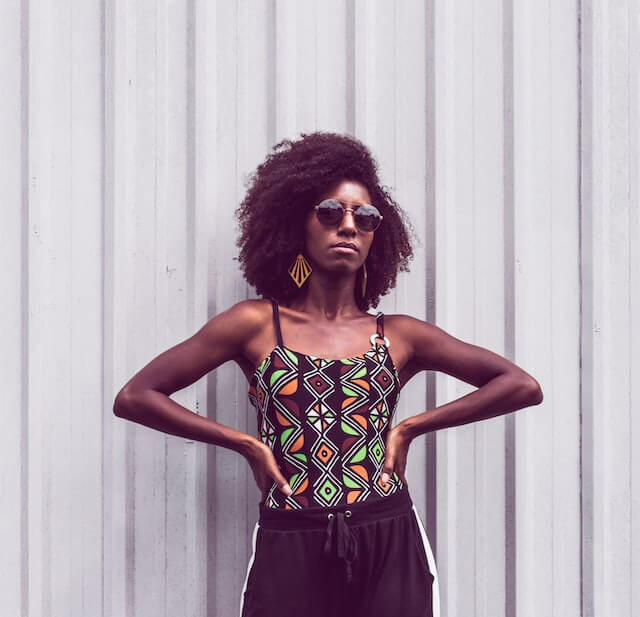
#2: Another basic hand pose is hands in pockets. This pose can convey relaxation and ease. It can be used to make your subject look comfortable and at ease, and can be a great way to add a sense of spontaneity to your portrait photos. Hands in pockets is a great pose for candid shots, as it can help to create a natural, relaxed look.
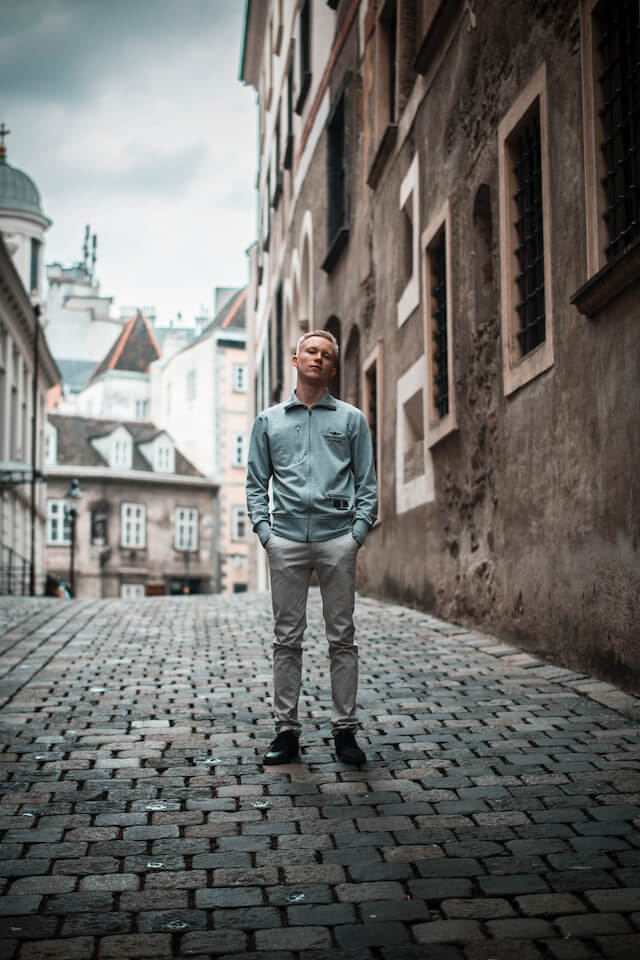
#3: Hands folded in front of the body is another basic hand pose that can convey a sense of security and stability. It can be used to make your subject look grounded, centered, and at peace. This pose is great for full-length shots and can be used to create a sense of balance in the photo.


#4: Another basic pose is relaxed hands at the side. This is by far the most common hand pose for portrait photography and cannot go wrong if executed properly and naturally.

All of these basic hand poses are versatile and can be used in a variety of settings and with different types of subjects. They are great for headshots and full-length shots, and can be used to create a sense of confidence, relaxation, and security in your portrait photos.
When using basic hand poses, it’s important to pay attention to the angle and placement of the hands. For example, if you want to convey a sense of confidence, you might want to angle the hands slightly forward, whereas if you want to convey a sense of relaxation, you might want to angle the hands slightly backward.
Additionally, the placement of the hands can also affect the overall mood and tone of the photo.
It’s also important to consider the context of the photo and the subject’s personality when choosing a hand pose. For example, if you are taking a photo of a business executive, hands on hips might be a great pose to convey their professional and assertive nature.
On the other hand, if you are taking a photo of a musician, hands in pockets might be a great pose to convey their relaxed and carefree nature.
Emotive Hand Pose in portrait photography
Emotive hand poses are a powerful tool in portrait photography. They can convey a wide range of emotions and add a sense of depth and storytelling to your photos.
In this section, we will discuss some of the most popular emotive hand poses and how they can be used to enhance your portrait photos.
#5: One of the most popular emotive hand poses is hands covering the face. This pose can convey a sense of sadness, vulnerability, and introspection. It can be used to create a sense of intimacy and emotional depth in your photos.

Hands covering the face can be particularly effective in close-up shots and can be used to draw attention to the subject’s eyes and facial expression.
#6: Another emotive hand pose is hands on the forehead. This pose can convey a sense of contemplation, contemplation, and uncertainty. It can be used to create a sense of introspection and to highlight the subject’s thought process.
Hands on the forehead can be particularly effective in full-length shots and can be used to create a sense of balance and symmetry in the photo.
#7: Hands in a prayer position is another emotive hand pose that can convey a sense of humility, respect, and spirituality. It can be used to create a sense of reverence and to highlight the subject’s religious or spiritual beliefs. This pose is great for full-length shots and can be used to create a sense of balance and symmetry in the photo.

When using emotive hand poses, it’s important to pay attention to the angle and placement of the hands, as well as the subject’s facial expression.
The subject’s facial expression is particularly important when using emotive hand poses, as it can help to convey the intended emotion.
Creative hand poses for portrait photography
When it comes to portrait photography, getting creative with hand poses can help you to create unique and interesting images. Creative hand poses can be used to add visual interest, convey a sense of mystery, or tell a story. Here are a few examples of creative hand poses that you can use in your portrait photography:
#8: Hands behind head: This pose can add visual interest to the photo. For example, a subject with their hands clasped behind their head can convey a sense of relaxation and confidence. This type of pose can be particularly effective when used in conjunction with a relaxed facial expression or body language.

#9: Hands holding props: This pose can be used to tell a story or add a sense of context to the photo. For example, a subject holding a book can convey a sense of intelligence or education, while a subject holding a paintbrush can convey a sense of creativity.


#10: Hands creating a frame: This pose can be used to focus the viewer’s attention on a specific part of the photo. For example, a subject with their hands framing their face can draw the viewer’s attention to the subject’s expression, while a subject with their hands framing a specific object in the background can draw the viewer’s attention to that object.
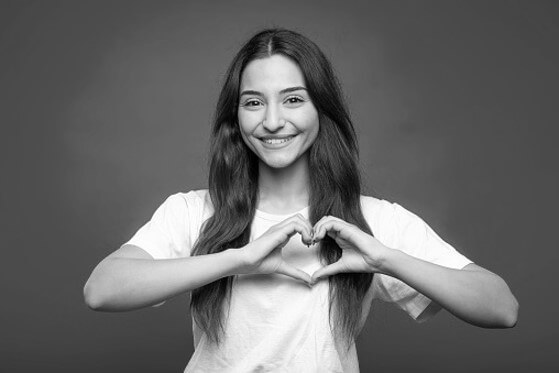
Hands in a symbolic position: This pose can be used to convey a message or meaning. For example, a subject with their hands in a prayer position can convey a sense of spirituality or devotion.
Action oriented poses
Here are a few examples of other action-oriented hand poses that you can use in portrait photography:
#11: Hands holding an object: This pose can convey a sense of purpose and engagement. For example, if the subject is holding a tool or musical instrument, it can convey a sense of skill and expertise. This type of pose is great for capturing people in the midst of their work or hobby.
#12: Hands pointing: This pose can convey a sense of direction and focus. The subject’s hands can be pointing at something in the frame or off-frame, suggesting that they are indicating or directing attention to something specific. This pose can be particularly effective for capturing people in a leadership or teaching role.
#13: Hands gesturing: This pose can convey a sense of emotion or emphasis. For example, open hands with fingers spread wide can convey a sense of excitement or emphasis, while clenched fists can convey a sense of determination or aggression. This type of pose is great for capturing people in the midst of an animated conversation or performance.
#14: Hands in motion: This pose can convey a sense of movement and energy. For example, a person playing the piano with their hands in motion can convey a sense of music and passion. This type of pose is great for capturing people in the midst of an activity or performance.
#15: Hands holding another person: This pose can convey a sense of connection and intimacy. For example, a mother holding her child’s hand can convey a sense of love and protection. This type of pose is great for capturing people in a relationship or family setting.
It’s important to keep in mind that the key to using action-oriented hand poses effectively is to consider the context of the photo and the subject’s personality. The hand pose should be natural and fitting with the subject’s activity or mood, and the overall composition should be considered in order to tell a story with the photograph.
